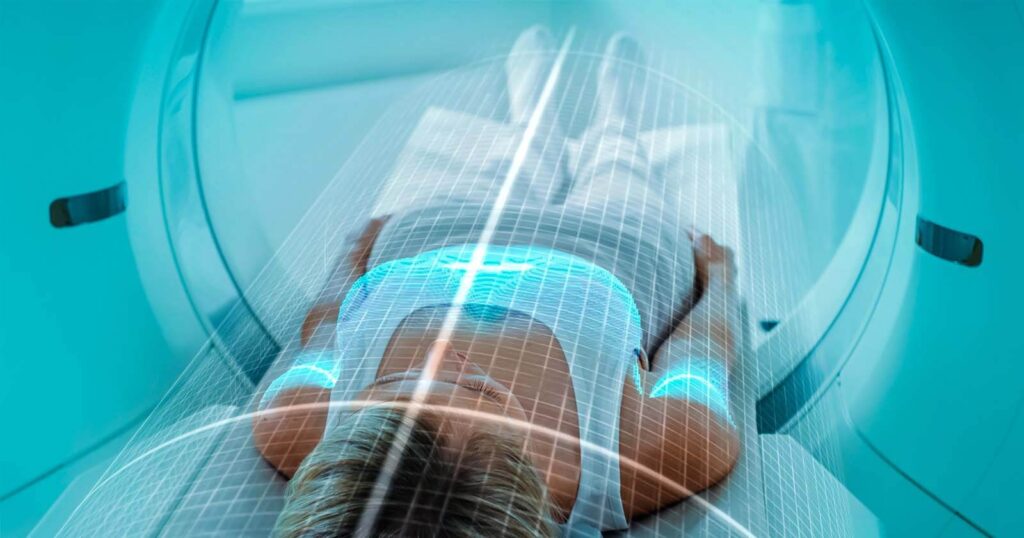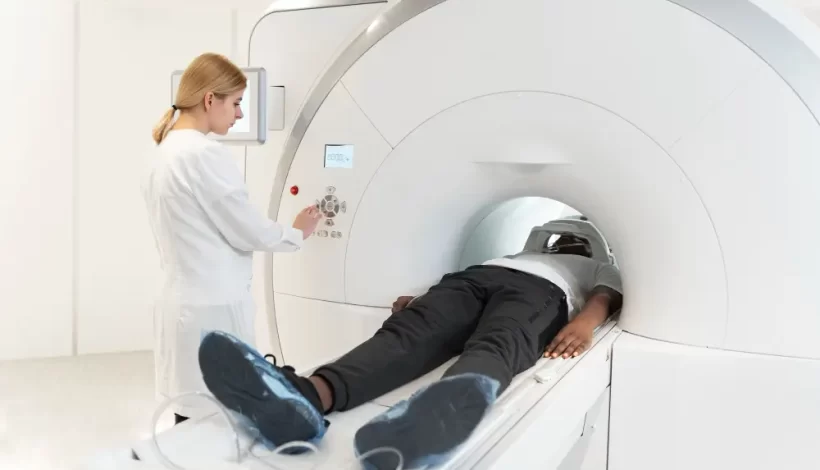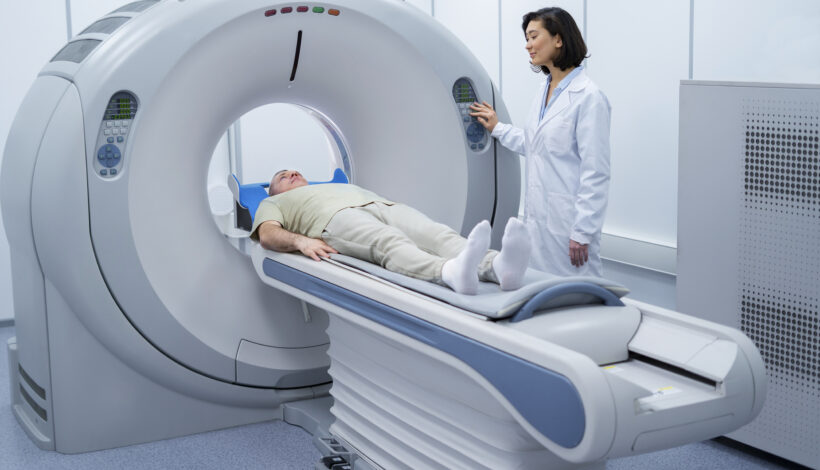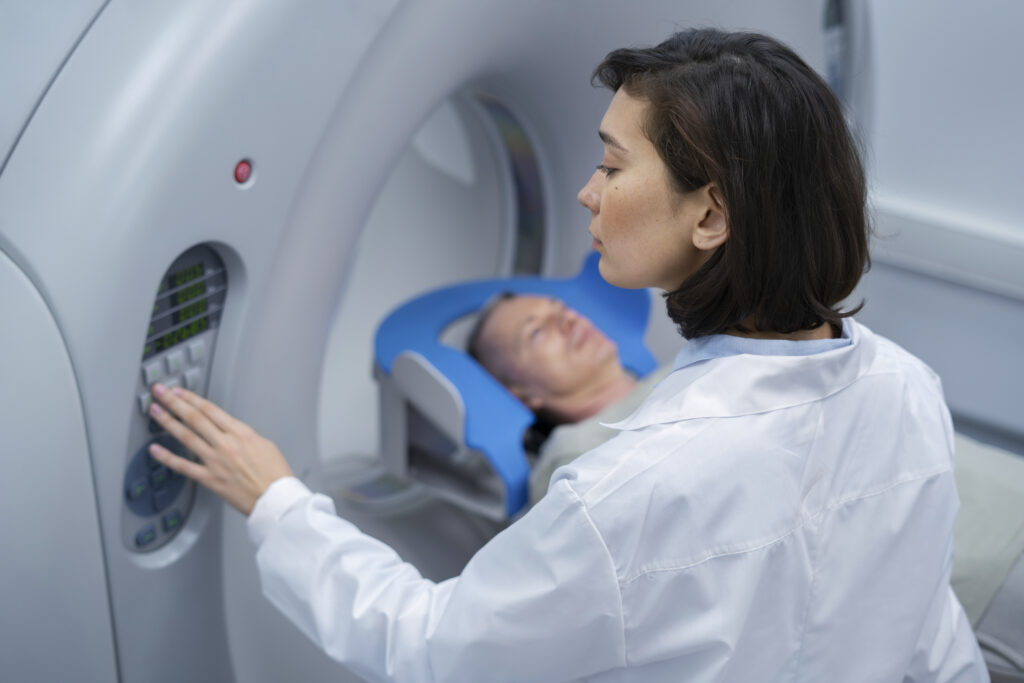Introduction
A full-body PET scan is a powerful diagnostic tool that provides detailed insights into metabolic activity and structural abnormalities across the entire body. It is widely used for detecting cancer, assessing heart conditions, and diagnosing neurological disorders.
Mumbai, known for its advanced medical facilities, offers full-body PET scans at competitive rates compared to other major cities. This guide will cover the cost of a full-body PET scan in Mumbai, factors influencing pricing, and tips to make the procedure more affordable.

What is a Full-Body PET Scan?
A full-body PET scan combines Positron Emission Tomography (PET) with Computed Tomography (CT) to provide comprehensive imaging of the entire body.
Key Uses
- Cancer Detection and Monitoring: Identifies tumors, stages cancer, and monitors treatment effectiveness.
- Cardiac Evaluation: Assesses blood flow and detects heart damage.
- Neurological Disorders: Diagnoses conditions like Alzheimer’s disease and epilepsy.
- Infection and Inflammation: Detects hidden infections and inflammatory diseases.
Full-Body PET Scan Cost in Mumbai
The cost of a full-body PET scan in Mumbai typically ranges between ₹20,000 and ₹40,000, depending on various factors.
Cost Breakdown
| Type of Facility | Approximate Cost (₹) | Services Included |
| Premium Hospitals | ₹30,000 – ₹40,000 | Specialist consultations, detailed reporting |
| Reputed Diagnostic Centers | ₹20,000 – ₹30,000 | Standard imaging and basic reporting |
| Standalone Clinics (Suburban) | ₹18,000 – ₹25,000 | Limited services |
Factors Affecting Full-Body PET Scan Costs
- Type of Radiotracer
The choice of tracer (e.g., FDG for cancer, NaF for bone imaging) impacts the cost. Specialized tracers tend to be more expensive. - Facility Type
Premium hospitals with advanced equipment and expert radiologists charge higher than standalone diagnostic centers. - Additional Services
Costs may include pre-scan blood tests, consultations, or post-scan evaluations. - Location
Facilities in central Mumbai are often pricier compared to those in suburban areas due to operational costs. - Insurance Coverage
Many health insurance policies cover full-body PET scans, especially for cancer diagnosis and monitoring.
Why Choose Ace Imaging Centre for a Full-Body PET Scan?
- State-of-the-Art Facilities: Access to advanced PET/CT scanners.
- Experienced Specialists: Highly trained radiologists and oncologists.
- Affordable Pricing: Competitive costs compared to global standards.
- Convenience: Well-connected infrastructure for easy access.
How to Prepare for a Full-Body PET Scan
- Fasting: Patients must fast for 4-6 hours before the scan. Drinking water is allowed.
- Medication Disclosure: Inform your doctor about ongoing medications or allergies.
- Avoid Strenuous Activity: Refrain from heavy exercise 24 hours before the scan.
- Comfortable Clothing: Wear loose, metal-free clothing to avoid interference during the scan.
What to Expect During the Procedure
- Tracer Injection
A small amount of radioactive tracer is injected into your bloodstream. - Waiting Period
The tracer takes 30-60 minutes to circulate and highlight areas of metabolic activity. - Imaging
You’ll lie on a scanner bed, which moves through the PET/CT machine. The scan itself takes about 20-30 minutes. - Post-Scan
Patients can resume normal activities immediately. Results are usually available within 24-48 hours.
FAQs on Full-Body PET Scan Costs in Mumbai
Q1: Is a full-body PET scan covered by insurance?
A: Yes, most insurance policies cover PET scans for conditions like cancer diagnosis and monitoring. Check with your provider for specific details.
Q2: How long does the procedure take?
A: The entire process, including preparation, takes about 2-3 hours. The scan itself lasts 20-30 minutes.
Q3: Is the procedure safe?
A: Yes, the scan is safe. The amount of radiation used is minimal and within medical safety guidelines.
Q4: Can I eat before the scan?
A: No, fasting for 4-6 hours is typically required to ensure accurate results.
Q5: Are there any side effects?
A: Side effects are rare. Some patients may experience mild discomfort at the injection site or a warm sensation during the tracer injection.
Conclusion
A full-body PET scan is an essential diagnostic tool for detecting and managing a variety of medical conditions. Ace Imaging centre advanced healthcare infrastructure, combined with competitive pricing and expert professionals, makes it an ideal location for this procedure.
![]()






